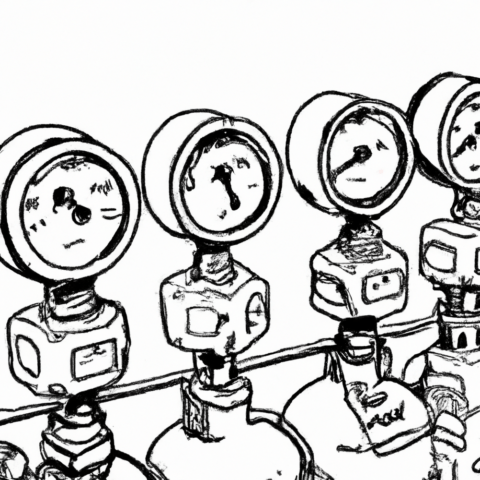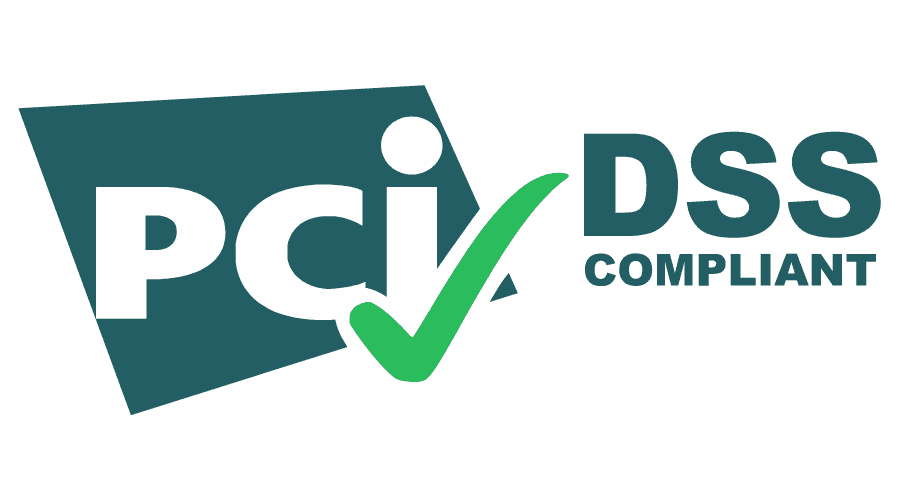Gas regulators are one of the most important but often overlooked parts of welding. They reduce the high pressure inside a gas cylinder to a safe, usable level and allow precise control of flow. Whether you’re welding with oxygen, acetylene, argon, or CO₂, the correct regulator is critical for safety and weld quality.
This guide covers how regulators work, the main types available, how to select the right one, and best practices for installation and maintenance.
👉 We stock a wide range of Gas Arc and premium regulators designed for oxy-fuel, MIG, and TIG applications.
How Gas Regulators Work
A regulator’s job is to deliver a steady, controlled flow of gas from a cylinder, regardless of the changing pressure inside the bottle as gas is used.
Basic process:
- High-pressure gas enters the regulator from the cylinder.
- It passes through a filter and valve system.
- A spring and diaphragm balance against outlet pressure to control flow.
- As outlet pressure drops, the diaphragm flexes, opening the valve to allow more gas through, maintaining consistency.
⚠️ Regulators can be affected by temperature, impurities, or incorrect gas type. Always match the regulator to the gas, and check it for leaks or damage before use.
Types of Gas Regulators
| Regulator Type | How It Works | Typical Welding Uses |
|---|---|---|
| Single-Stage | Drops cylinder pressure to working pressure in one step | Cutting, brazing, general oxy-fuel |
| Dual-Stage | Reduces pressure in two steps for more stable output | TIG, MIG (precise control) |
| High-Pressure | Built for high flow and cylinder pressures | Oxy-fuel welding, heating, gouging |
| Low-Pressure | Fine control at low flow | TIG, MIG shielding gas |
| Specialty | Designed for exotic or reactive gases | Lab work, specialist welding |
Selecting the Right Gas Regulator
When choosing a regulator, consider:
- Gas Type → Oxygen, acetylene, argon, CO₂, or mixed shielding gases. Regulators are gas-specific and use different threads (BS, CGA, DIN).
- Application → Cutting/brazing (oxy-fuel) vs. shielding (MIG/TIG). TIG generally benefits from dual-stage regulators.
- Flow Rate → Measured in L/min or CFH. Higher flow = larger regulator.
- Equipment Compatibility → Torch, hoses, and fittings must match.
- Safety Certification → Look for CE, ISO, or AWS/BS standards compliance.
👉 Tip: Never use an oxygen regulator on fuel gas, or vice versa. Threads and seals are different for safety reasons.
Best Practices for Installing and Maintaining Regulators
Installation
- Crack the cylinder valve briefly to blow out dust before attaching the regulator.
- Hand-tighten and then snug with the correct spanner (no overtightening).
- Open cylinder valves slowly to avoid a surge (known as regulator “slam”).
Maintenance
- Check regularly for leaks using soapy water.
- Keep threads clean and free from oil/grease (especially oxygen regulators).
- Replace diaphragms, filters, or gauges as specified by the manufacturer.
- Store regulators dry, upright, and away from impact.
Troubleshooting
- Creeping pressure → Diaphragm/seat failure (replace regulator).
- Inconsistent flow → Blocked filter or damaged seat.
- Hissing/leaks → Faulty seals or loose fittings.
Useful Reference: Common Gases & Regulators
| Gas | Cylinder Pressure | Typical Regulator Type | Notes |
|---|---|---|---|
| Oxygen | Up to 200 bar | Single/Dual Stage, High-Pressure | Never contaminate with oil/grease |
| Acetylene | < 15 bar (unstable above) | Low-Pressure, Fuel Gas Regulator | Always use flame arrestors |
| Argon/CO₂ (Shielding) | 150–200 bar | Dual-Stage, Low-Pressure | MIG/TIG shielding gases |
| Argon/Helium Mix | 150–200 bar | Dual-Stage | Used for aluminium TIG |
| Propane | ~7 bar | Low-Pressure Fuel Regulator | Heating, cutting only |
Final Thoughts
Gas regulators may not be the flashiest part of your kit, but they are essential for safety, consistency, and weld quality. Choosing the right type, installing it correctly, and maintaining it regularly will save you gas, money, and potentially accidents.




